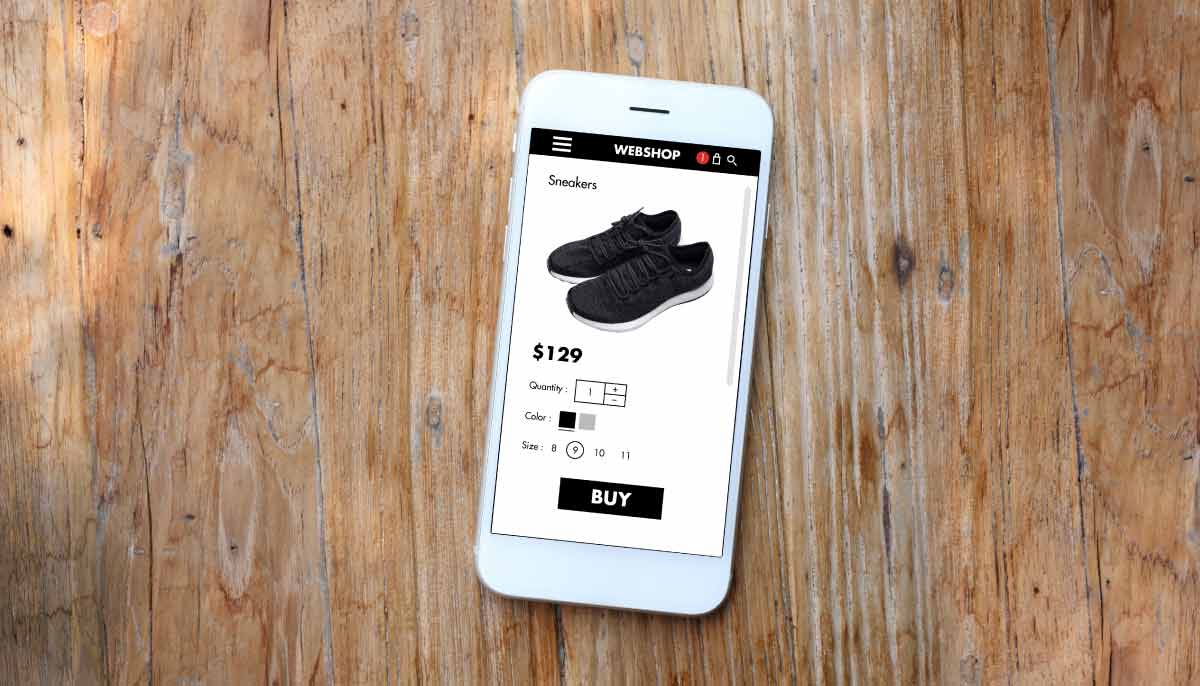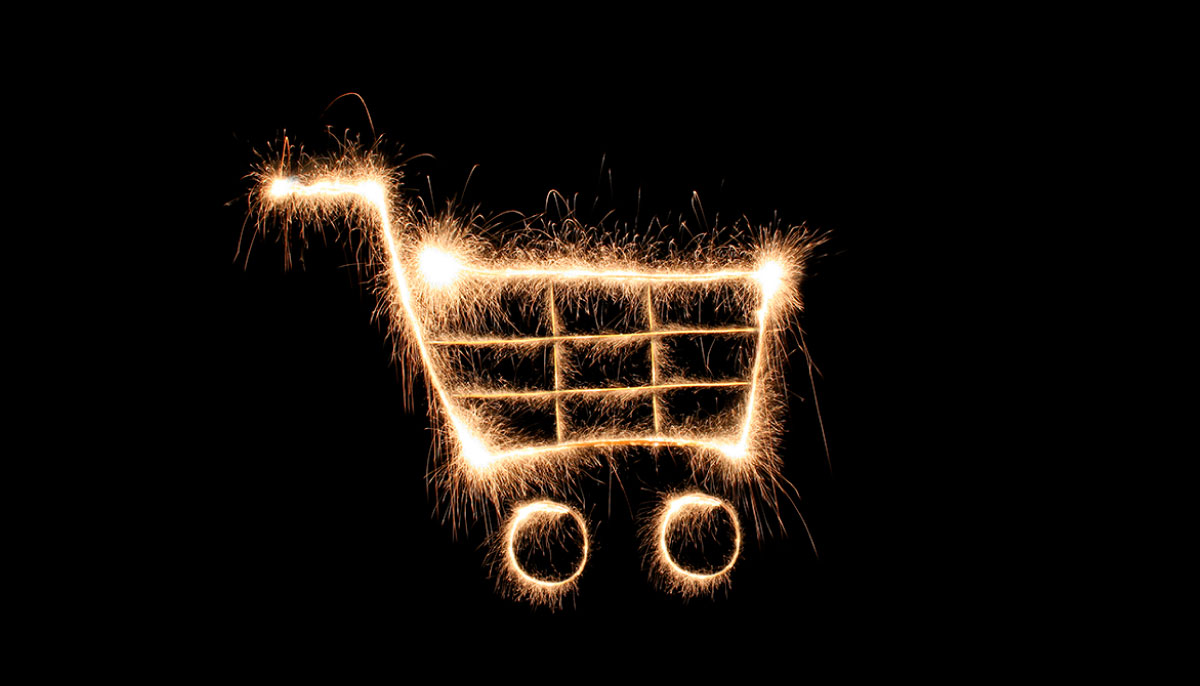
The Rise of the “Micro-Influencer”
Social commerce has been one of the fastest growing retail trends – especially over the last year. Accelerated by the events of 2020, following a brand’s page, a beauty sampler or fitness guru and then being able to purchase the exact same items from within the social media application, has been the saving grace of the pandemic’s effect on retail.
Influencers had already been garnering a fair share of attention prior to this. But in 2020, with the “boom” of promoting previously unknown and small local businesses going viral, and the “bust” of taking potentially unnecessary trips abroad to advertise product hauls or unboxing collections, it is the “micro-influencer” that has really sparked conversation.
Social media success is measured largely by the number of followers or subscribers an account has – once they hit a certain number, the account holder can be classed as an influencer. Over the years, criteria have changed as the number of different categories have increased. With the appointment of influencers to high-profile positions in retail following their appearance on reality shows, or from being successful on YouTube channels, what separates the micro-influencer? And why are they significant for eCommerce marketing?
Why Should eCommerce Retailers Care About Micro-Influencers?
Tending to have more than 10,000, but less than 100,000 followers, the micro-influencer is ideal for retailers looking to make a meaningful but low-cost investment. With many not having an agent as a result of a more manageable following, it can be far cheaper for brands to work with micro-influencers. Given the lower numbers, retailers can increase customer engagement and boost loyalty on a more personalized level. Less followers means more time to manage or view comments, highlighting responses to likes. All this facilitates more time to promote, so the concept of eCommerce becomes much more familial and social instantly.
Similar to this is the “nano-influencer”. Having less than 1,000 followers, these users are more likely to have a presence in their local community rather than the big stage. Influencers who have built up substantial and larger followings can appear more distant and less relatable than the micro-influencer. With numerous shoots abroad, or unboxings of different verticals, they can tend to be more “jacks of all trades and masters of none”. Micro-influencers traditionally stick to one vertical, so their audience can be more targeted and dedicated to the influencer’s identity – ideal for potential sponsors trying to develop a particular market.
Consumer research into micro-influencer marketing has deduced that:
- 92% of customers trust a micro-influencer more than a traditional ad or an endorsement from celebs.
- Over 82 percent of consumers are likely to buy something a micro-influencer recommends.
- Given the personal contact a micro-influencer has with their audience, they have 22.2 times more conversations with followers.
Unboxing the Potential
Another part of the micro-influencer appeal to eCommerce retailers and followers themselves are “unboxing” or “haul” reels. Examples of unboxings that have attracted huge success include Ryan’s World or Ryan’s Toys Review and channels such as UrAvgConsumer – aimed at two different audiences, but with reviews being the name of the game.
They say there’s no such thing as bad publicity, but to use micro-influencers effectively to promote eCommerce brands, retailers must organize this sensitively, sustainably and appropriately. Sending out any old product or package without careful consideration for the unboxing experience, i.e. the use of protective tissue paper, personalized items etc., could in fact work to the brand or retailer’s detriment. Balancing boxes that include enough incentivization without giving the whole story away and encouraging customers to want to discover more is the ideal ratio, with driving customers back to your main website being the primary goal.
The key thing for retailers to be mindful about is that the unboxing experience that has been viewed on Instagram or YouTube etc., should not be night and day different from what followers or consumers receive when they purchase the same product. Brands need to ensure the influencer experience translates to positive customer experiences for followers too. There is more advice out there now than ever before, as more retailers turn to this method of marketing. A positive customer unboxing experience can help your brand tell their story – the inclusion of inserts, proper product presentation and free samples are just a few ways brands can accomplish this.
The Modern “Roaring 20s”
Social commerce is at the top of the eCommerce ladder in popularity. Previously, brands would have spent a huge amount on campaigns to promote on platforms that they may not have used that effectively or didn’t get seen. As consumers have spent, and continue to spend, more time at home, browsing at leisure will continue to increase. Stay at home orders have shifted mindset to the wide ranges offered by digital-first shopping. Despite consumers being able to get out more now as restrictions lift across the globe, many are still favoring digital shopping as new habits and permanent changes have been formed – i.e. the move to working from home and the changes this has caused.
With the shift to digital-first and the changes that have occurred in just two years, micro-influencers can get information out quickly to a group of ready-made loyal and digital followers and tailor responses quickly, encouraging those followers to purchase without even needing to leave the app.
So, what influencer would you approach to activate the business opportunities of social commerce and step into the digital-first future?
Having a BPO partner who can support sudden spikes in demand with scalable solutions is critical to ensure positive customer experiences, especially when running promotions with influencers, which can lead to sudden spikes in demand. Get in touch with PFS today, the BPO of choice for brand-centric omnichannel operations, to implement a holistic operation that supports modern consumer expectations.


